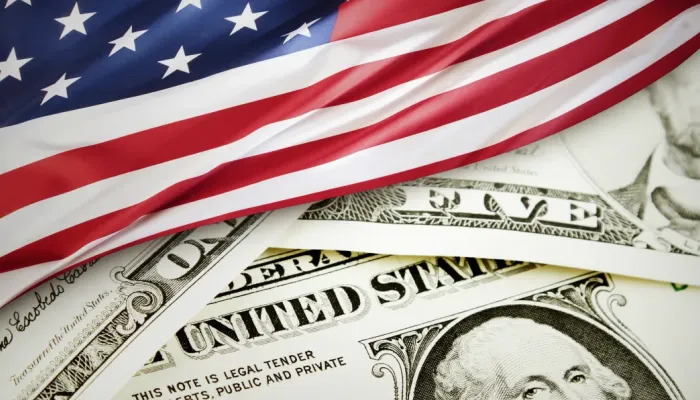MARKETWATCH: June 11, 2010
U.S. financial markets this week have continued to be dominated by global capital seeking a safe haven in U.S. Treasury instruments, as the eurozone continues to struggle getting its fiscal problems under control. When safe haven effects kick in due to fears about problems with the U.S. recovery or elsewhere, investors turn to U.S. Treasury instruments and U.S. interest rates go down. When investors become more bullish over U.S. economic prospects (including relative to other countries), the U.S. stock markets looks better and assets are shifted from the bond markets.
The safe haven factor has roiled U.S. financial markets since April, as described by Fed Chairman Bernanke in his testimony to the House Budget Committee yesterday:
U.S. financial markets have been roiled in recent weeks by [developments in the Eurozone related to the ability of Greece and the other euro countries to manage their debt problems. These developments] have triggered a reduction in demand for risky assets: Broad equity market indexes have declined, and implied volatility has risen considerably. Treasury yields have fallen as much as 50 basis points since late April, primarily as a result of safe-haven flows that boosted the demand for Treasury securities. Corporate spreads have widened over the same period, and some issuance of corporate bonds has been postponed, especially by speculative-grade issuers.
This week, several other factors have been in play. Disappointing U.S. retail sales data for May (following upon weaker than expected May employment data, released last week) has raised questions about the strength of the recovery. (Although retail sales were below expectations, they still might show an upward trend over the quarter – just not as strong as forecasters would have liked.) Some unusually strong consumer confidence data for June has partly offset consumer spending concerns based on the May number. In addition, news that China’s exports have continued to surge has been digested in several directions: positive news that China is continuing to be the global engine of growth (although there have been signs of a pick up in China’s inflation); concerns that the Chinese currency remains overvalued; and worries that such export growth is in fact unsustainable in the medium run.


